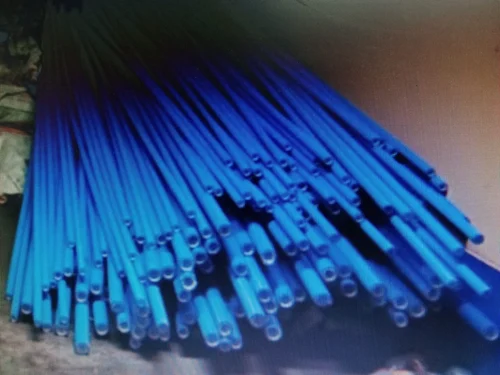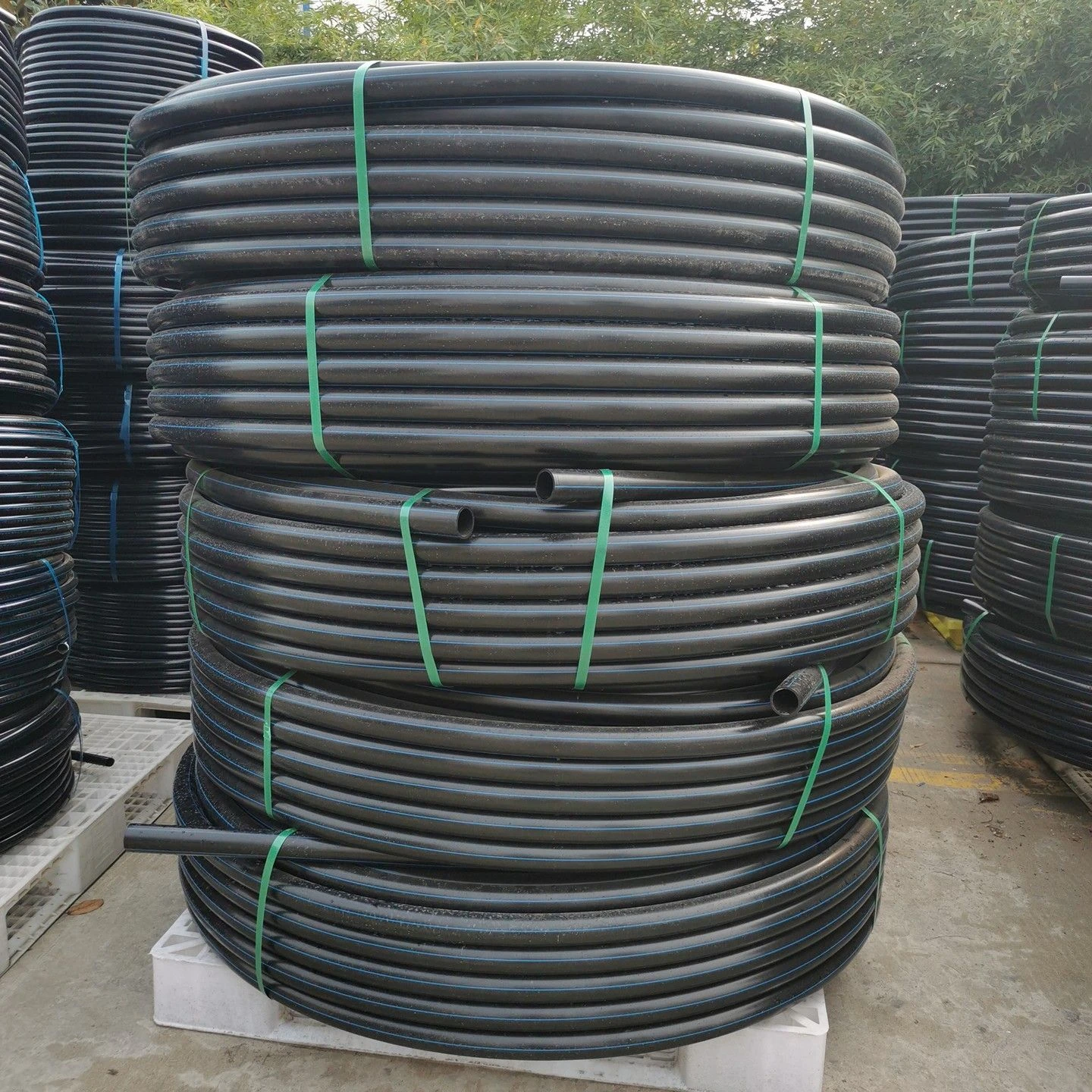Introduction
PPR (Polypropylene Random Copolymer) pressure pipe ISO 15874 are commonly used for high-pressure plumbing systems due to their durability, resistance to high temperatures, and long service life. These pipes are widely applied in residential, commercial. Industrial settings, offering an efficient and reliable solution for the transportation of water and other fluids.
Key Features of PPR Pressure Pipe
- High Pressure Resistance: PPR pressure pipes are designed to withstand varying levels of pressure. The classification of these pipes is typically based on their pressure rating, such as PN16, PN20, and PN25. Where the number denotes the pressure the pipe can handle in bars (1 bar = 14.5 psi).
- Temperature Resistance: PPR pipes can resist temperatures up to 95°C, making them suitable for hot water systems, central heating. Industrial applications involving high temperatures.
- Corrosion-Free: Unlike metal pipes, PPR pressure pipes do not corrode over time. Ensuring the purity of the water or other fluids being transported and extending the life of the system.
- Eco-Friendly and Non-Toxic: PPR pipes are made from a recyclable material that does not release harmful chemicals into the environment. Their non-toxic nature also makes them ideal for potable (drinking) water systems.
- Smooth Internal Surface: The smooth internal surface of PPR pipes reduces friction. Which results in higher flow efficiency and lower energy consumption in pumping applications.
- Long Service Life: When properly installed and maintained. PPR pressure pipes can last over 50 years, reducing the need for frequent replacements.

Applications of PPR Pressure Pipe
- Plumbing Systems: PPR pressure pipes are widely used for both cold and hot water supply systems in residential, commercial. Public buildings due to their ability to handle high pressures and temperatures.
- Heating Systems: These pipes are ideal for underfloor heating, central heating. Radiator connections because they can efficiently transport heated water or fluids without losing integrity over time.
- Industrial Applications: PPR pressure pipes are used in industries for transporting chemicals, compressed air. Other fluids due to their resistance to aggressive chemicals and high-pressure handling capabilities.
- Irrigation Systems: In agricultural settings, PPR pressure pipes are often used in irrigation systems where high water pressure is necessary to cover large areas of farmland.
- HVAC Systems: PPR pressure pipes are also used in heating, ventilation, and air conditioning systems for transporting water or coolant through high-pressure circuits.
Installation and Maintenance
The installation of PPR pressure pipes involves heat fusion welding, which ensures strong, leak-proof joints. This method of installation makes the system highly reliable with minimal maintenance. Regular inspections to check for potential leaks or blockages can help maintain system efficiency over time.
Conclusion
PPR pressure pipes offer an excellent combination of strength, longevity, and resistance to both pressure and temperature. Making them a top choice for a wide range of plumbing and industrial applications. Their eco-friendly and non-toxic properties also make them ideal for potable water systems. Ensuring the safe and efficient transport of fluids under high pressure.


















